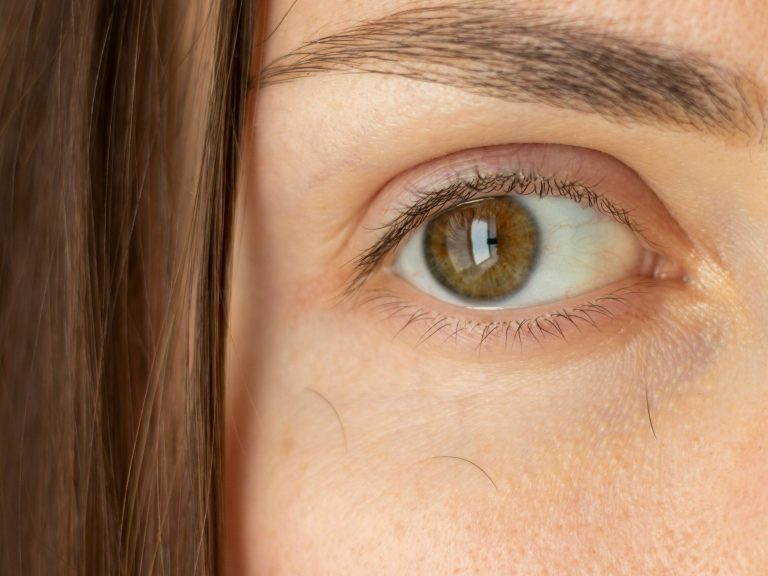Walking in the forest is more beneficial to your health than we think. It’s not just about well-being

Walks in the forest are a great form of relaxation, but this is not the only benefit. They also have a great impact on our health.
Walks in the forest are an extremely pleasant way to spend free time. They allow you to “escape” from everyday life for a moment, calm down, but also enjoy the beauty of nature. You can’t hear passing cars or telephone conversations. Moreover, it turns out that such forest walks have a very positive effect on our health. They are called “forest therapy” or “forest bathing”.
How does walking in the forest improve health?
Previous research shows that a 10-minute stay in the forest lowers blood pressure, a 20-minute stay improves mood, and a 60-minute stay sharpens attention. However, researchers cannot yet determine how long these health benefits last. “Forest bathing can be useful in the fight against depression, anxiety, attention deficit hyperactivity disorder and attention deficit disorder,” notes Dr. Hab. Emilia Janeczko from the Department of Forest Utilization of the Institute of Forest Sciences at SGGW, professor at the university.
“There are more and more scientific conferences and symposia that send a clear message about the great importance of forests for the quality of our lives,” the researcher emphasizes. He notes that nowadays the importance of nature is growing as a factor that supports well-being (however, it is not a factor that heals or cures humans).
The impact of the forest on people’s well-being
Research conducted for several years at the Institute of Forest Sciences of the Warsaw University of Life Sciences shows the positive impact of forests on people’s well-being. “Even a short stay in the forest improves your mood, provides more energy, helps reduce emotional tension, and increases positive feelings,” explains Dr. Hab. Emilia Janeczko. Scientists also checked how dead wood affects human well-being. It turns out that “the relaxation properties of forests with natural, slow processes of tree dieback are much higher than those obtained in managed forests where traces of timber harvesting are visible.”
Stay in the forest and favorable immune reactions
Scientists also noticed a connection between staying in the forest and favorable immune reactions, including the expression of anti-cancer proteins. It also turns out that there are 200-500 bacteria in a cubic meter of air in a forest community. For comparison, there are as many as 4,000-8,000 of them in the same urban air area, which is much more. The level of pollution in the forest is much lower than in cities or near routes with heavy car traffic. Moreover, a hectare of deciduous forest produces 2 kg of phytoncides in the summer, while a hectare of coniferous forest produces as much as 5 kg. “Approximately 80 species of trees and shrubs have the ability to produce these beneficial substances, including: common juniper, bird cherry, Norway spruce, silver fir, Scots pine and silver birch,” explains the specialist.
A walk in the forest is better than riding a bike in it?
The research conducted so far has focused on two types of activity in the forest – walking and observing nature from a specific place. In both cases, contact with nature in this way has a positive impact on our physical and mental health. “Our latest research shows that the benefits of walking in the forest are more comprehensive than those obtained by, for example, cycling in the forest,” the researcher emphasizes.
Additionally, to benefit from contact with nature, you don’t have to walk barefoot or hug trees. “We can also find a convenient place and observe the surrounding nature for a longer time,” notes Dr. Hab. Emilia Janeczko.
Virtual “forest bathing”
Not everyone has the opportunity to go for a walk in the forest. This was taken into account by scientists from the Institute of Forest Sciences of the Warsaw University of Life Sciences. This applies, among others, to hospital patients, immobilized and bedridden people. Scientists are conducting research to check the impact of watching a forest recorded with a 360-degree camera on humans.
Including virtual forest therapy programs into the everyday life of people who have limited access to the forest may have positive social consequences in the form of alleviating symptoms, accelerating the convalescence process and better social resocialization – emphasizes Dr. Hab. Emilia Janeczko.






